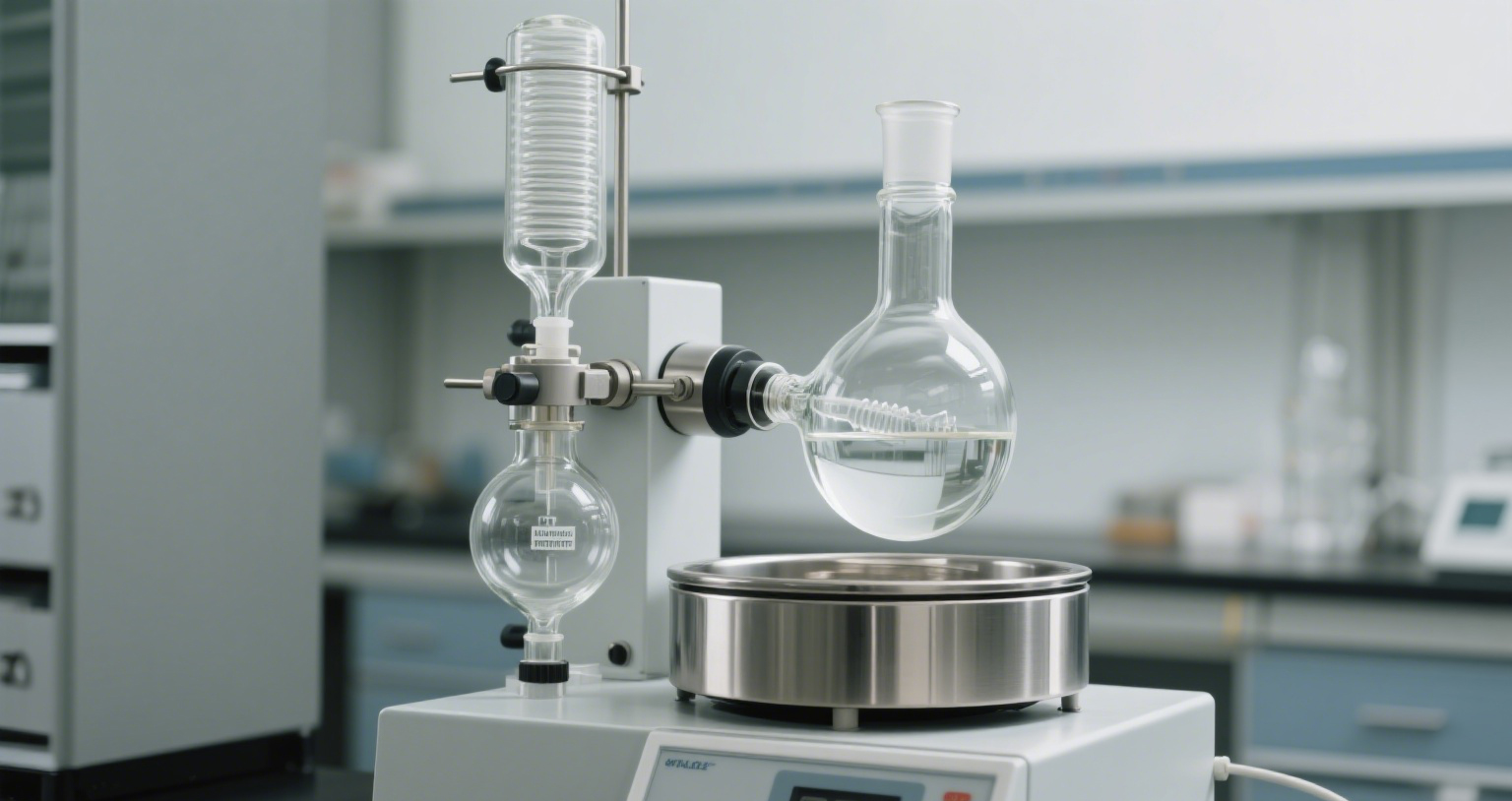 Industry News
Industry News "Tariff Deadline" in Countdown: Trump Opts for Direct Notifications, Axes Meeting Requires
"Tariff Deadline" in Countdown: Trump Opts for Direct Notifications, Axes Meeting Requires
2025-11-20
2025-11-20
2025-10-13
2025-08-27
2025-08-19
2025-07-30
 Current Affairs
Current AffairsChoosing a suitable rotary evaporator is crucial for improving experimental efficiency and ensuring sample integrity. The following outlines the core points for purchasing from four aspects: demand positioning, configuration selection, scenario adaptation, and performance evaluation.
1. Precisely Position Experimental Needs
Before purchasing, three core questions need to be clarified. In terms of core use, it is necessary to distinguish between regular solvent removal, sample concentration, or special distillation, as different applications correspond to different machine designs. In terms of processing scale, the capacity should be selected according to the regular solvent volume, and for high-frequency use, attention should also be paid to the durability of the equipment. In terms of safety regulations, when dangerous goods or high-temperature operations are involved, it must be confirmed that the equipment meets relevant safety certification standards.
2. Scientific Selection of Key Configurations
There are two types of condensers to choose from: vertical and angled. Vertical condensers save space and are suitable for laboratories with limited floor height. Angled condensers are flexible in operation and suitable for various experimental scenarios. Capacity selection should match the experimental scale. Standard capacity is suitable for regular processing, while large-capacity flasks are required for large-scale applications. Intelligent functions can significantly improve the operating experience. Digital control systems, automatic lifting devices, and vacuum adjustment modules can improve operation accuracy and reduce human intervention.
3. Adapt Models to Application Scenarios
Different application scenarios have different purchasing priorities. For solvent recovery, emphasis should be placed on an efficient condensation system and precise temperature control functions. For sample concentration, models with gentle heating and precise adjustment of evaporation rate should be selected. For distillation and separation, focus should be on a stable vacuum system and corrosion-resistant structure to ensure separation effect and equipment service life.
4. Comprehensive Evaluation of Core Performance
Evaporation efficiency directly affects processing speed, and laboratories with high throughput should give priority to it. Cooling efficiency is related to solvent recovery rate, so it is recommended to choose models that support external cooling devices to reduce solvent loss. Energy consumption affects long-term use costs. It is recommended to choose models with green functions such as automatic shutdown and energy-saving motors to achieve energy conservation and consumption reduction while ensuring performance.
Through comprehensive consideration of the above dimensions, the most suitable rotary evaporator can be selected according to actual needs, providing strong support for experimental efficiency and result reliability.
